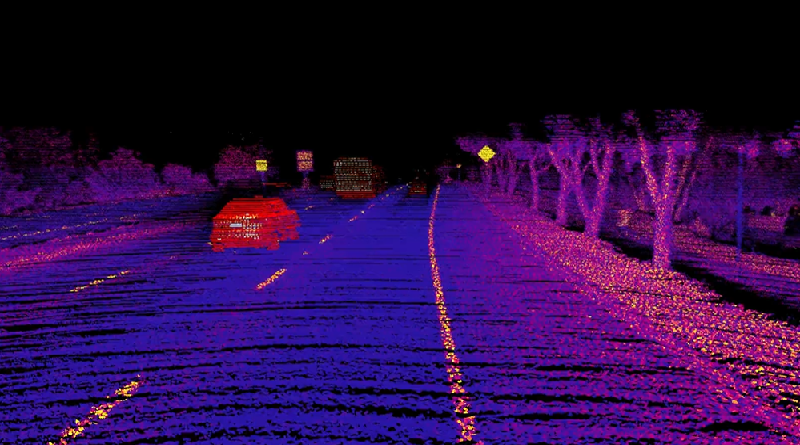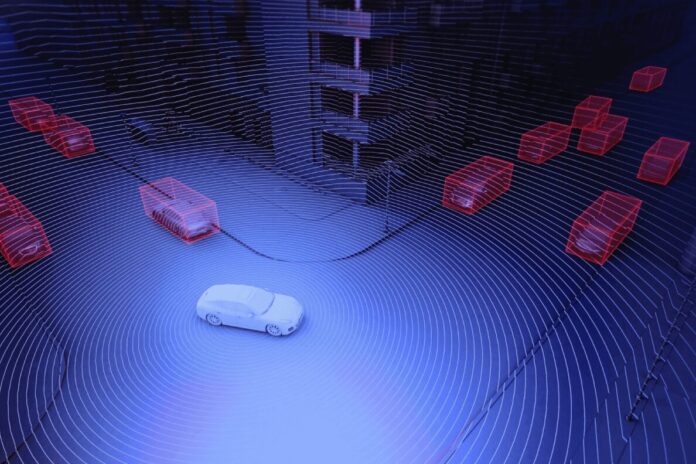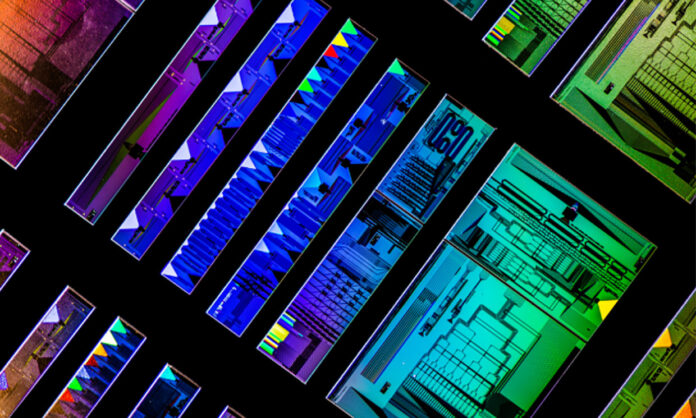Technological advancements have helped in the improvement of the quality of life and efficiently manage our daily lives. Additionally, technological advances have led to the significant development of applications and machinery that will enhance the results as opposed to if done by a human being. A lot goes into the advancements, with thorough research to understand the available niche and how best to fill it to achieve maximum results. It is in this regard that led to the development of the revolutionary 4D LiDAR technology that has enhanced performance in different industrial applications like automotive, trucking, mobility, industrial automation, innovative infrastructure, and warehouse automation.
The technology has been well-designed for various applications like level 3 and 4 autonomies for trucks, cars, people, and goods mobility. Also, non-automotive applications benefit from the applications like industrial automation, warehouse automation, and intelligent infrastructure.
The technology comes with key lidar companies features which enhance the preformation in the various industrial applications. The features include instant velocity detection, automotive grade, ultra-long range, lidar on a chip, compact design, and multiple fonts. The different parts have a role to play in the various applications, which makes the technology revolutionary, amongst other features and benefits. There are numerous benefits that arise from the use of technology in different areas of application. The technology has 4D perception, which includes camera level ultra resolution, 4D localization, superior hazard detection, object detection and tracking, and lane and road boundary. The various ways in which the technology has been handy in the different areas of application include the following:
Camera level ultra resolution

Resolution is critical to discern images and pictures, guiding you to make the right judgments in different scenarios, a good example being when driving. The camera level ultra resolution of the lidar companies technology gives a camera-level resolution that offers resolutions of up to twenty times those of legacy LiDAR sensors, and this powers vehicles to detect minor road hazards at high speeds. The ultra resolutions have different views that record reflectivity, velocity, and distance data. The data sets have been very insightful in helping various decision-making processes and improving the user’s experience.
4D localization
A lot goes into understanding the vehicle’s motion, such as the speed, acceleration, and yaw rate, all of which are vital information. The lidar companies’ technology has been a massive help in determining vehicle motion estimation and navigation. The technology offers per-point velocity data, facilitating real-time ego vehicle motion estimation. Using six degrees of freedom, it becomes easy to accurately position the vehicle without additional sensors like the IMU or GPS. The presence of the technology has made it easy to navigate various terrains with the vehicle perfectly aligned, making the drive smooth and easy. The 4D localization of the technology is the one that has made it possible to achieve this level of success.
Object detection and classification

When driving, keeping a meaningful distance between you and the next car in front of you is essential to give you ample time to react in emergencies. Also, there are various objects on the roads, like the road rails and more which you need not hit as they could damage the vehicle and even put you at risk. The technological advancement through the object detection and classification feature offers high detection, tracking, and classification, guiding you accordingly on the roads. The detection feature is quite effective, with detections of up to five meters for various objects like oncoming vehicles and even pedestrians. You thus get to align the car well on the road averting any possible avoidable collisions.
Superior hazard detection
Driving requires you to be keen on the road to know how to easily maneuver the different hazards, such as small objects on the streets and more. The lidar companies’ revolutionary technology has made it possible to detect even tiny things on the road, like low-reflectivity objects. The detection has improved road awareness for various drivers, making it easy to maneuver different terrains without damaging the car or causing discomfort from hitting things on the road.
Compact and configurable
The Aeris II design is more compact and configurable than the other designs, which a notable 75% size difference. The feature makes configuring various sensor integration in automotive and non-automotive applications possible. You can choose from different real-time software configurable like the FoVs, resolutions, scan patterns, and maximum detection ranges. The compact and configurable nature of the technology has made it possible to exploit the multiple options available and work with the best configuration depending on the application.
Automotive grade

The lidar companies technologies have made it possible to achieve reliability in different demanding conditions. The technology is built for reliability through the automotive grade ratings of impact, ingress, temperature, shock, and vibration, which improves performance across various applications. Different conditions require a specific response to ensure effectiveness, and the reliability of the technology in the various demanding conditions has improved the output and comfort of the users.
Freedom from interference
Sunlight and other objects pose a massive interference to the different technologies that have proved resistant to the resistance. The resistance has made it effective in various lighting conditions, even when used close to other vehicles equipped with the same technology. The technology doesn’t get interference from other LiDAR sensors further enhancing its performance in automotive applications.
Lidar on-chip design

The silicon photonics design removes all the fiber and uses all the essential LiDAR elements within a single compact chip module. The design makes it possible for mass production automation for sensing, making it practical for the different kinds of autonomous applications on a large scale. The easing of production has made it easy to get the desired outcome without much strain and challenges. The presence of the technology has been vital in achieving excellence in the different fields of application, whether automotive or non-automotive, thereby bettering the lives of machine users and improving productivity and efficiency.
Conclusion
Technological advancements are crucial to improving our daily lives, and that is what Aeries II 4D LiDAR is all about, with-it benefits being acknowledged in different applications.









